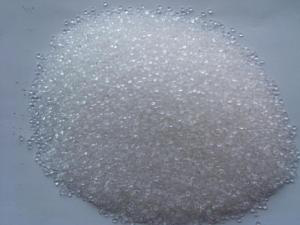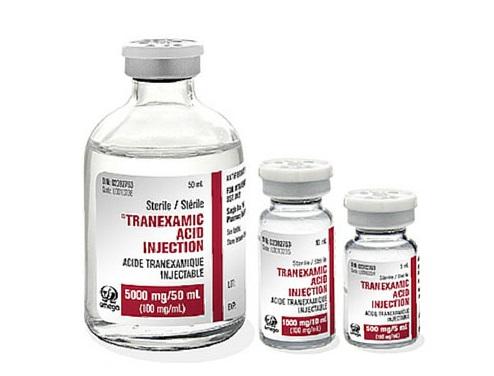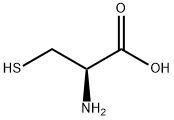The importance of L-cysteine
Mar 8,2022
Introduction
L-Cysteine is a non-essential amino acid, but has a strong biochemical effect, its basic chemical composition includes amino, nitrogen, carbon, oxygen and hydrogen plus a sulfur-containing sulfhydryl group. "Sulfhydryl", the common antibacterial agent ethylmercury thiosalicylate (trade name thimerosal Note 1), indicates that this compound contains sulfur and hydrogen atoms bound together. Since the ancient Greeks used garlic medicinally, elemental sulfur has been used to treat a variety of ailments. L-cysteine has a higher quality sulfur than garlic, so many places where sulfur was used were replaced by L-cysteine.
The sulfhydryl group of L-cysteine is gathered at the end of the cystine molecule. Sulfhydryl compounds can not only prevent the oxidation of sensitive tissues, but also when it encounters aging and cancer cells, it first conducts oxidation with these cells, helping the body to clean up these harmful chemicals and carcinogens, and protect the body. effect. Its derivatives N-acetylL-cysteine and glutathione are extremely powerful compounds.
The form and absorption of L-cysteine
Research has shown that the acetylated form of L-cysteine is the best absorbed form by the body. The forms of D-cystine and D-L-Cysteine are toxic and not suitable for human use.
The level of L-cysteine in the human body should be kept in balance with other amino acids. When the level of phenylalanine and tryptophan in the body is high, one should be alert to the possibility of a decrease in the level of L-cysteine. The decrease of L-cysteine level will also reduce the antioxidant capacity of the body, which will lead to the decline of immunity and the aging of the body. The levels of amino acids, vitamins, trace elements and fatty acids in the blood should be regularly measured and monitored by a physician to optimize the state of the body and meet the needs of the body.
The metabolism of L-cysteine
L-Cysteine is converted from methionine, which is in the form of a double bond. is an extremely unstable molecule and is rapidly converted to cystine. L-Cysteine, like all sulfur-containing amino acids, requires adequate amounts of pyridoxine (vitamin B6), cyanocobalamin (vitamin B12) and folic acid during the replacement process. L-Cysteine can be converted from methionine to N-acetylL-cysteine (NAC), taurine, vitamin B1, coenzyme A and many other organic sulfur molecules, which are needed by cells.
In the process of L-cysteine conversion, high doses of vitamin B6 have therapeutic effects on kidney tumors, thyroid and galactosemia; if vitamin B6 is deficient, it can cause obstacles in the conversion of methionine to L-cysteine, which will cause cystathionuria. If left uncorrected, vitamin B6 deficiency can also lead to mental retardation, thrombocytopenia, and an imbalance in the body's acid-base (pH) level.
The body's need for L-cysteine
The National Academy of Sciences has not established a daily intake requirement for L-cysteine, and since both methionine and L-cysteine increase glutathione levels, methionine and L-cysteine are required daily. As the picture 1 showed, there is a bottle of L-cysteine tablets.
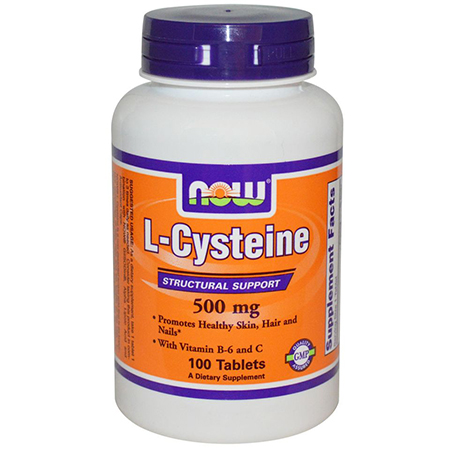
Picture 1 A bottle of L-cysteine tablets
The minimum daily intake requirements for methionine and L-cysteine are 22 mg/kg/kg body weight for children and 10 mg/kg/kg body weight for adults. Some researchers believe that as little as 5 mg/kg of L-cysteine can meet the daily needs, which is about 350 mg of L-cysteine supplementation per day; the minimum requirements for total sulfur amino acids (taurine, L-cysteine amino acid and methionine), which can be as high as 1400 mg/day, according to the investigation of the body. The World Health Organization (WHO) has established a preliminary requirement for sulfur-containing amino acids (mainly in terms of methionine), which requires a supplement of 13 mg/kg of sulfur-containing amino acids per kilogram of body weight per day, that is, an adult male of 70 kg needs to be supplemented every day. Supplement with 910 mg of sulfur-containing amino acids. This requirement also depends on gender, age and diet.
The food sources of L-cysteine
The best food sources of L-cysteine are eggs, meat, dairy, grains and beans. However, L-cysteine in food is present in the liquid of food, so accurate L-cysteine levels in food are difficult to measure. However, cystine levels in food can be accurately measured. Generally speaking, foods high in cystine are foods high in L-cysteine. Vegetarians are often L-cysteine-deficient, resulting in low protein and malnutrition.
Renference
1 Janaky R, Varga V, Hermann A, et al. Mechanisms of L-cysteine neurotoxicity[J]. Neurochemical research, 2000, 25(9): 1397-1405.
- Related articles
- Related Qustion
- Cysteine:Benefits,Synthesis,Side effects and Dietary sources Jul 30, 2024
Cysteine is a sulfur-containing amino acid with diverse roles in protein function and oxidative metabolism. Cysteines in proteins can generate disulfide bonds essential for protein folding.
- L-Cysteine Base: A Cornerstone in Chemical Synthesis and Applications May 22, 2024
L-Cysteine Base, holds a pivotal position in the chemical and pharmaceutical industries due to its unique structural characteristics and functional properties.
Acrylic acid is an important organic synthesis raw material and a synthetic resin monomer, and is a vinyl monomer with a very fast polymerization rate.....
Mar 8,2022APITranexamic acid (TXA) is a medication used to treat or prevent excessive blood loss from major trauma, postpartum bleeding, surgery, tooth removal, nosebleeds, and heavy menstruation.It is also used for hereditary angioedema.It is taken eit....
Mar 8,2022APIL-Cysteine
52-90-4You may like
- L-Cysteine
-
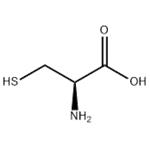
- 2025-11-14
- CAS:52-90-4
- Min. Order:
- Purity: 0.99
- Supply Ability:
- L-Cysteine
-
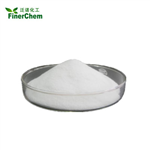
- $0.00 / 1kg
- 2025-11-14
- CAS:52-90-4
- Min. Order: 1kg
- Purity: 99%
- Supply Ability: 500mt
- L-Cysteine
-
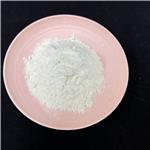
- $0.00 / 200kg
- 2025-11-14
- CAS:52-90-4
- Min. Order: 1kg
- Purity: 99
- Supply Ability: 10Ton




